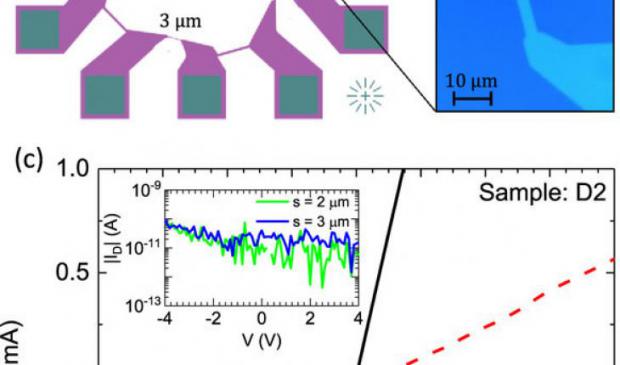
Breaking News
 2 Hours of Retro Sci-Fi Christmas Songs | Atomic-Age Christmas at a Snowy Ski Resort
2 Hours of Retro Sci-Fi Christmas Songs | Atomic-Age Christmas at a Snowy Ski Resort
 Alternative Ways to Buy Farmland
Alternative Ways to Buy Farmland
 LED lights are DEVASTATING our bodies, here's why | Redacted w Clayton Morris
LED lights are DEVASTATING our bodies, here's why | Redacted w Clayton Morris
Top Tech News
 Travel gadget promises to dry and iron your clothes – totally hands-free
Travel gadget promises to dry and iron your clothes – totally hands-free
 Perfect Aircrete, Kitchen Ingredients.
Perfect Aircrete, Kitchen Ingredients.
 Futuristic pixel-raising display lets you feel what's onscreen
Futuristic pixel-raising display lets you feel what's onscreen
 Cutting-Edge Facility Generates Pure Water and Hydrogen Fuel from Seawater for Mere Pennies
Cutting-Edge Facility Generates Pure Water and Hydrogen Fuel from Seawater for Mere Pennies
 This tiny dev board is packed with features for ambitious makers
This tiny dev board is packed with features for ambitious makers
 Scientists Discover Gel to Regrow Tooth Enamel
Scientists Discover Gel to Regrow Tooth Enamel
 Vitamin C and Dandelion Root Killing Cancer Cells -- as Former CDC Director Calls for COVID-19...
Vitamin C and Dandelion Root Killing Cancer Cells -- as Former CDC Director Calls for COVID-19...
 Galactic Brain: US firm plans space-based data centers, power grid to challenge China
Galactic Brain: US firm plans space-based data centers, power grid to challenge China
 A microbial cleanup for glyphosate just earned a patent. Here's why that matters
A microbial cleanup for glyphosate just earned a patent. Here's why that matters
 Japan Breaks Internet Speed Record with 5 Million Times Faster Data Transfer
Japan Breaks Internet Speed Record with 5 Million Times Faster Data Transfer
Solving the issues around connecting nanowires to single atom qubits

Instead of conventional 1-or-0 computer bits stored in the form of electrical charges, quantum information is stored and manipulated in the form of quantum bits (qubits), which can have multiple values simultaneously. One highly promising qubit candidate is a single atom of elements such as phosphorus (P) buried in ultra-pure silicon-28.
These atoms can be precisely placed using a scanning tunneling microscope (STM).
Instead of searching 40,000,000 square micrometer [4mm x 10 mm] surface area for a one square micrometer area – patterns pinpoint the spot
Using an STM for qubit fabrication requires making electrical connections to the P qubits and wire-like deposits less than 1/100th the width of a human hair. Until now, that has generally been possible only by using disparate, complicated and expensive instruments, the cost of which can easily exceed $10 million, and using onerous, one-off alignment procedures to coordinate the different steps and locate the qubits.

 $100 SILVER CONFIRMED?
$100 SILVER CONFIRMED?

